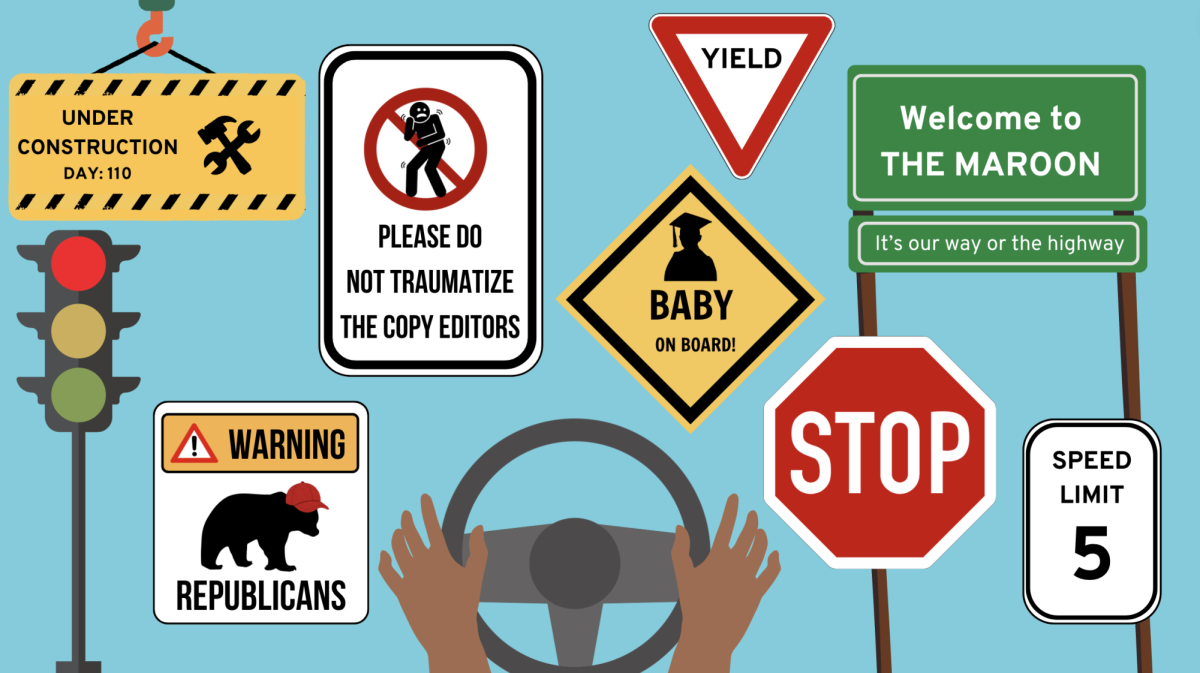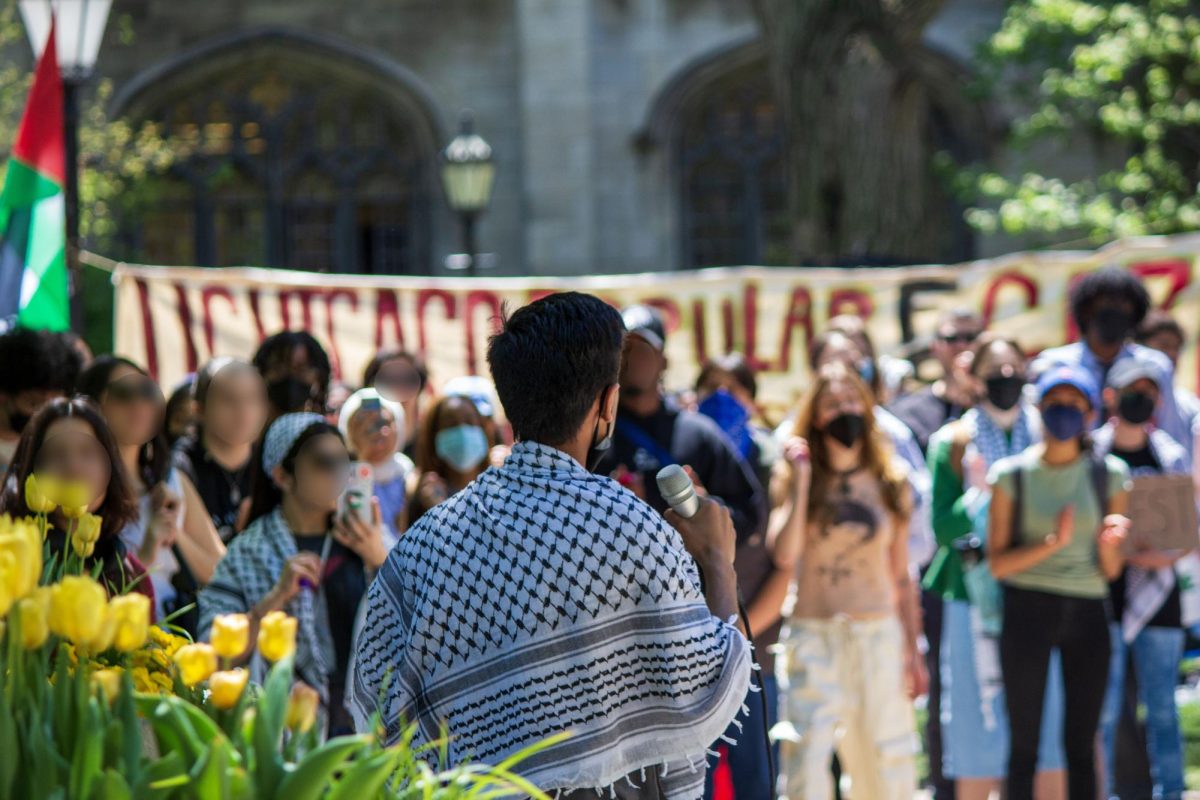Lets face it, the Shoreland has problems. It has roofs that leak if it rains too much. It has faulty sprinklers and radiators that have completely flooded at least three rooms in the last two years. Now that work is being done to the façade, it at the very least, bothers people and keeps them from sleeping and at most, seeps finely ground brick through its walls, coating an entire room with a thick layer of dust. These are the problems that housing would probably rather hide. When they talk about the new dorm they throw out words like “shorter walk” and “centralized campus” not “lower health hazard and less room destruction.” But whether one believes the Shoreland should be closed is tangential. It almost definitely will be closed because of a much bigger and slowly evidenced “master plan.” Don’t snicker. According to members of the Shoreland Council the Master Plan was developed about ten years ago and basically consists of centralizing the campus (apparently around the Midway because if the new dorm is built south of 60th—which it will be—the quads won’t really be at the middle) and turning it into more of a “normal” school.
In last week’s Maroon, an alumnus wrote about how the Shoreland offers an astonishing uniqueness and to close it down would be an “irreplaceable loss and a tragic mistake.” But clearly the University has bigger plans. One need only to look at measures that the University has taken in the last ten years to see what is happening with the Master Plan. The Master Plan explains why the trustees created a five-year, $2 billion fundraiser in April, 2002. The plan explains the initiative (launched in 1996) to increase undergraduate enrollment from 3500 to about 4500 over ten years. The plan explains the new, likely 1000-plus bed dorm that will be built behind Burton-Judson. And the plan also explains the super push to increase early admissions (was it just coincidental that they increased 37% last year?).
The University, once a bastion of quirky eccentricities and unique ways of thinking, is falling prey to simple economics. The admissions office tells a blatant lie when it claims that the University doesn’t care about rankings. A friend of mine who works for the University telefund explained that he has to try and get at least a small donation from everyone he gets through to because the rankings also measure the total percentage of alumni who donate. Increasing early admissions (as schools like Tufts discovered) is an early predecessor of control-for-yield (which the University is probably doing as well, though it is harder to prove) and one of the easiest ways to boost rankings. An important number on the college lists is the percentage of those admitted who enroll—an easy thing to boost if the college tries to only admit those who will likely come. In fact, I wouldn’t be surprised if the University replaced its non-binding early action policy with the binding early decision policy within the next few years.
Besides the double economic boosts of increasing enrollment (more future donors and more donations now if the alumni see how well the University is doing), there are also the image boosts. There is even an unofficially named “image control center” where decisions are made regarding the collegiate vision that will shine forth. With more students, more amenities such as Ratner, a more centralized campus and more money, the University will start to look “normal.” The University will become the sort of place where fun doesn’t come to die (my guess is major grade inflation will start kicking in pretty soon) and smiling students play football in the quad or get stoned behind Harper. Then the University will make its way back up the rankings to resume a “respectable” spot and all will be well. But what a price.







